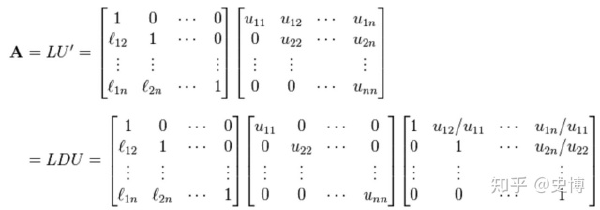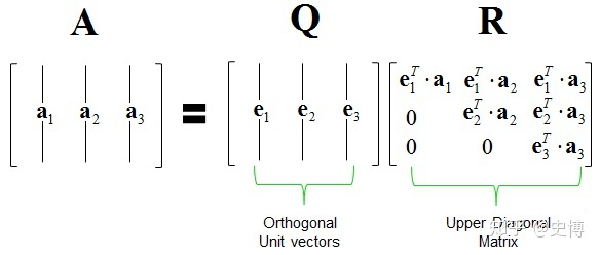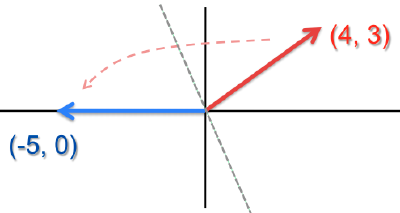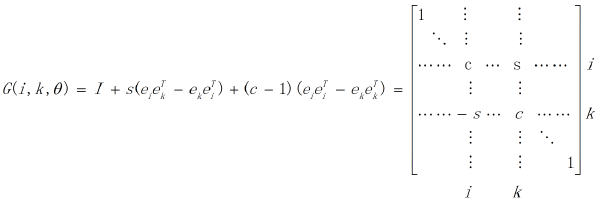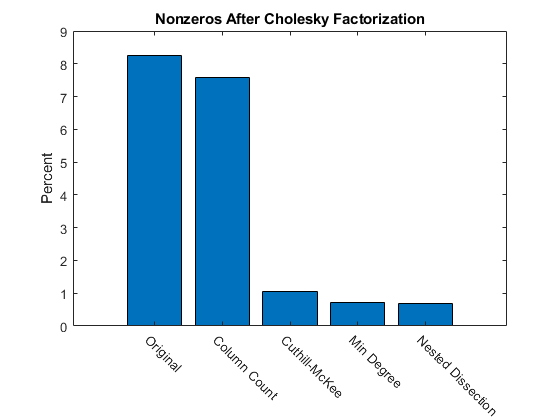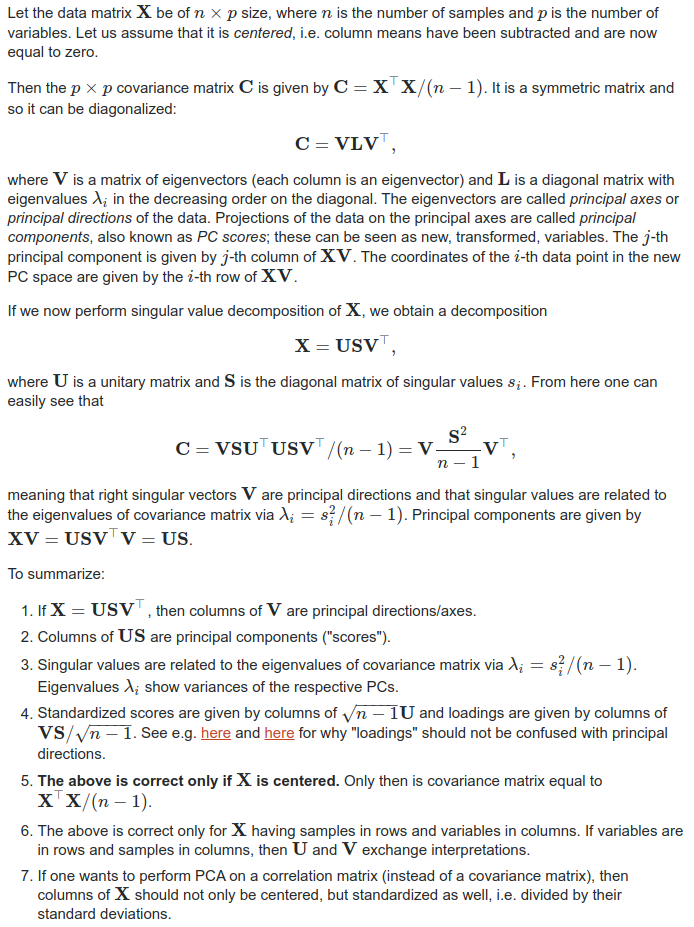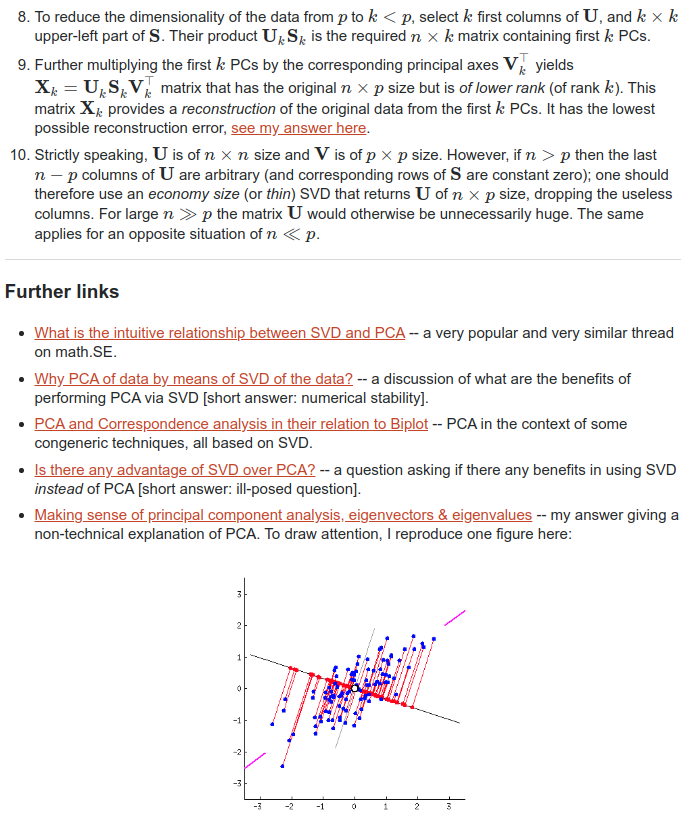Matrix Decomposition
Published: 2020-01-10 | Lastmod: 2020-11-13
LU & LDU #
LDL & LL #
只适用于对称矩阵
QR分解 #
Householder Method
镜像变换,For each i-th column of A, “zero out” rows i+1 and lower
Givens
Don’t reflect; rotate instead, Introduces zeroes into A one at a time
Gram-Schmidt
Iteratively express each new column vector as a linear combination of previous columns, plus some (normalized) orthogonal component
SVD分解 #
作用 #
对角矩阵:对坐标轴进行缩放
三角矩阵:切变Shear
正交矩阵:旋转
方程求解 #
LU中,LU为三角阵,递归带入求解方程
QR中Q为正交阵,逆矩阵即转置,容易求解
SVD可以用于求解\(Ax=0\)形式的方程,最小特征值对应的特征向量即为解。若方程形式为\(Ax=b\),将\(b\)移至左侧即可。可参考ORB-SLAM2 Initialization
SLAM中的优化理论(一)—— 线性最小二乘
SLAM中的优化理论(二)- 非线性最小二乘
NullSpace #
Let A be an m-by-n matrix with rank n. QR decomposition finds orthonormal m-by-m matrix Q and upper triangular m-by-n matrix R such that A = QR. If we define Q = [Q1 Q2], where Q1 is m-by-n and Q2 is m-by-(m-n), then the columns of Q2 form the null space of A^T.
QR decomposition is computed either by Gram-Schmidt, Givens rotations, or Householder reflections. They have different stability properties and operation counts.
稀疏矩阵的重排序 #
(1)原始稀疏矩阵,进行Cholesky分解后,存在大量非零元素8.24%
| Original Sparse Matrix | Cholesky Decomposition |
|---|---|
 |
 |
(2)采用Nested Dissection Permutation方法进行排序后,再进行Cholesky分解,非零元素显著减少,仅0.68%
| Nested Dissection | Cholesky Decomposition |
|---|---|
 |
 |
(3)各排序方法的比较
建议 #
- 先边缘化掉地图点,因为地图点之间一般是独立的
- 再边缘化掉位姿。边缘化位姿时,会造成矩阵稠密
- 稠密矩阵解算时,可以先进行排序,再进行Cholesky分解
SVD & PCA #
Next: Factor Graph
Previous: ROS Navigation Stack
